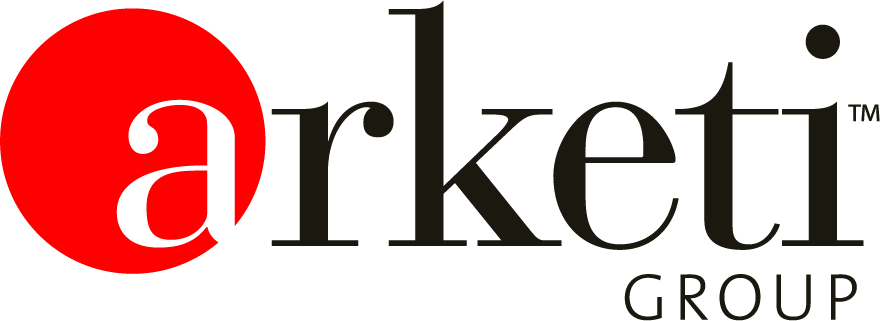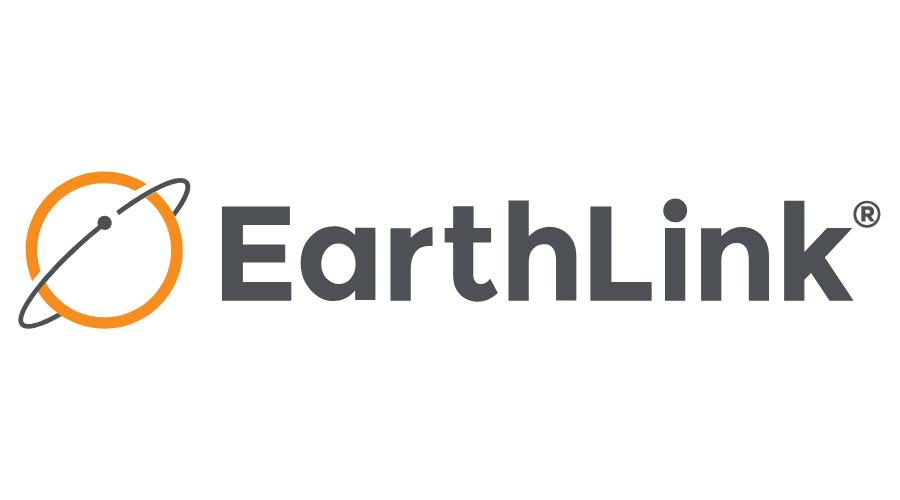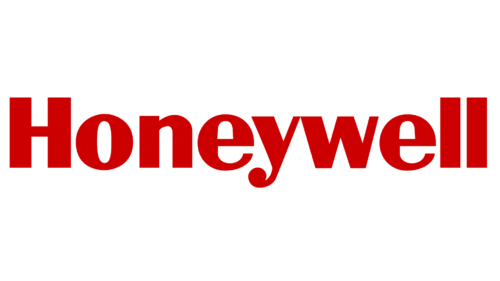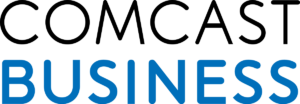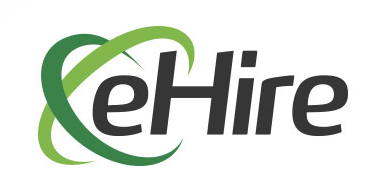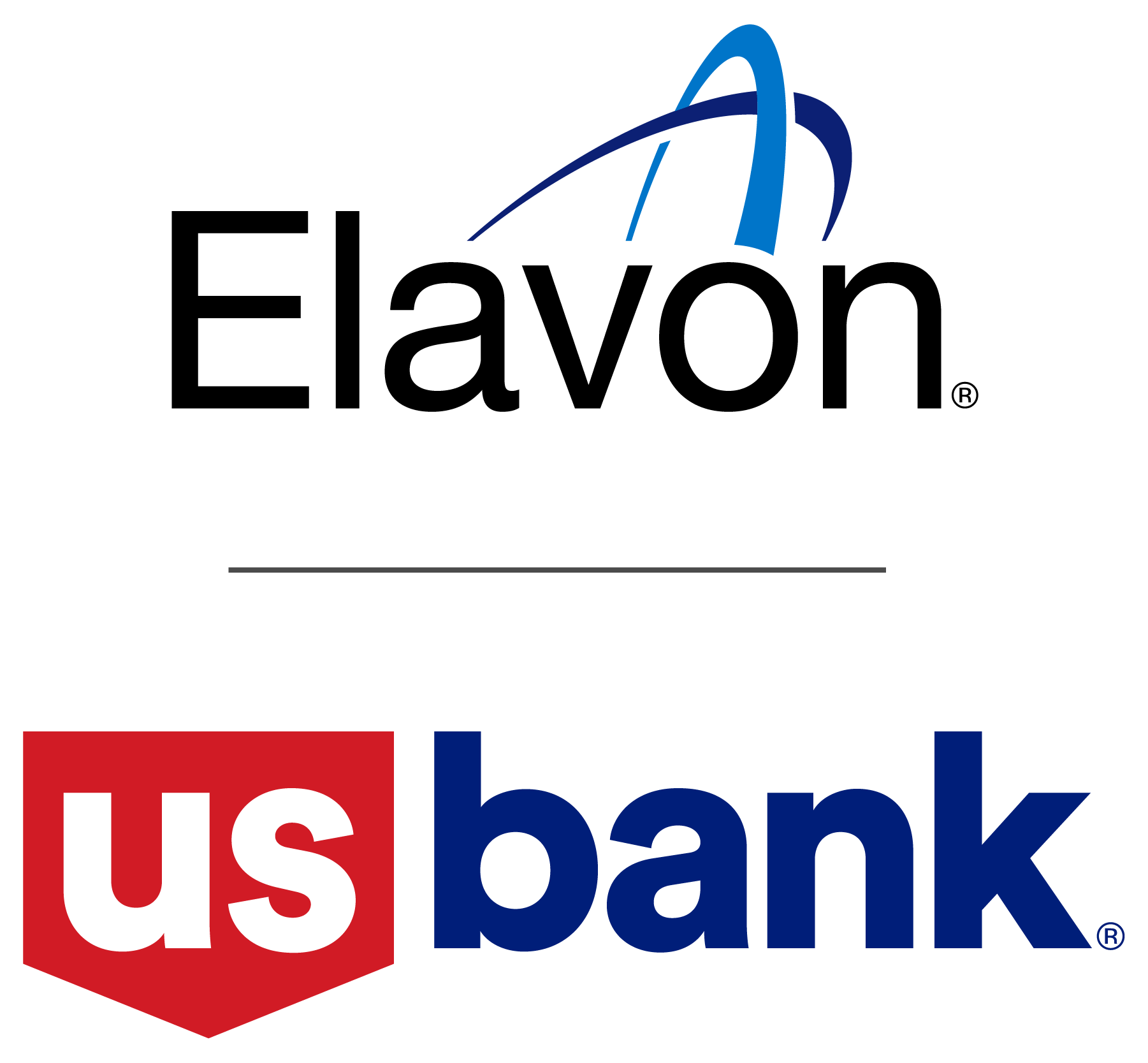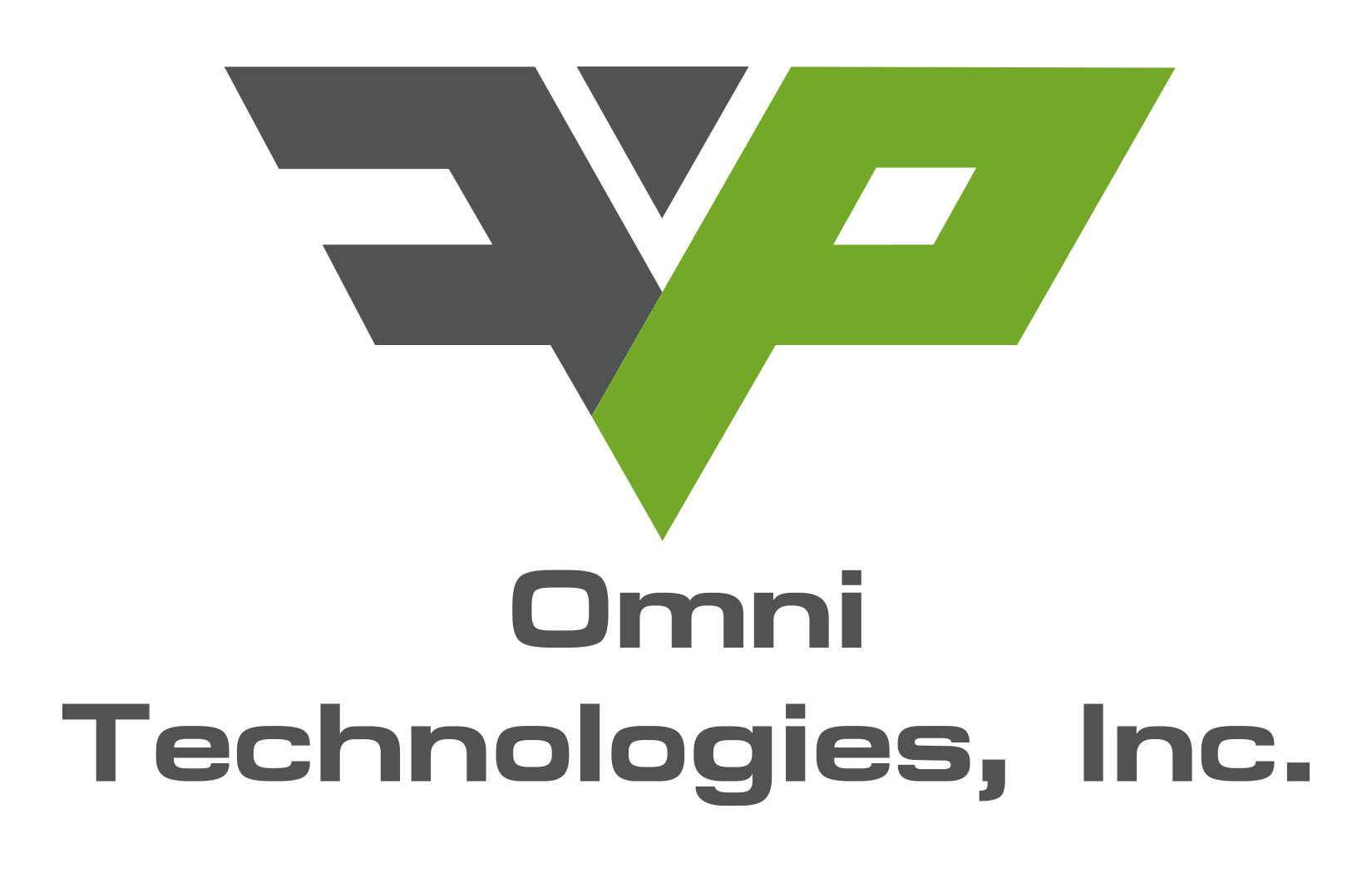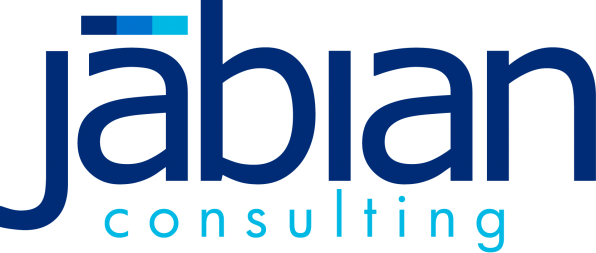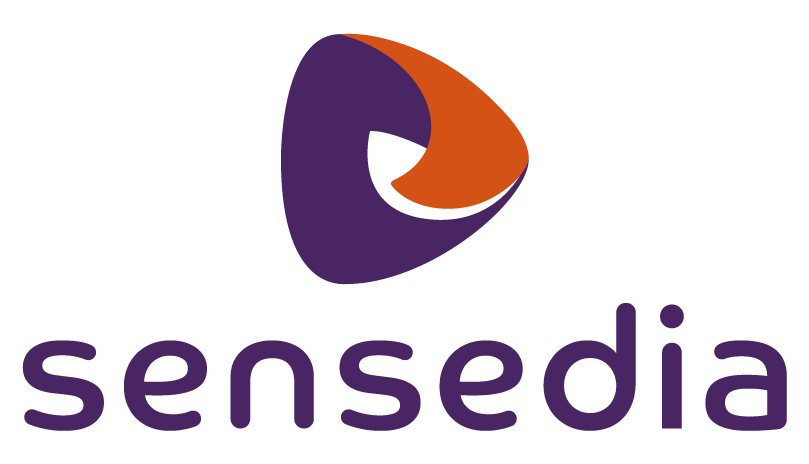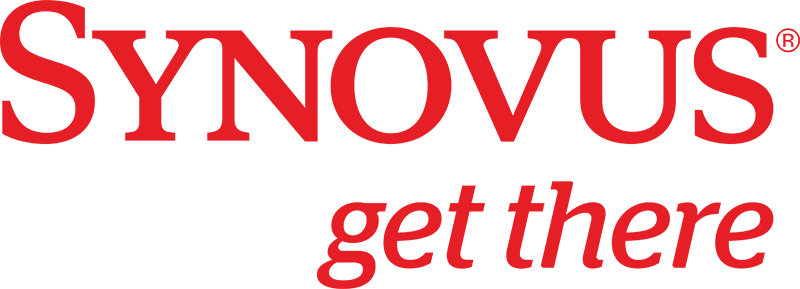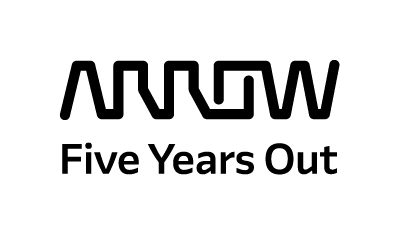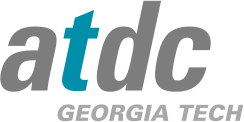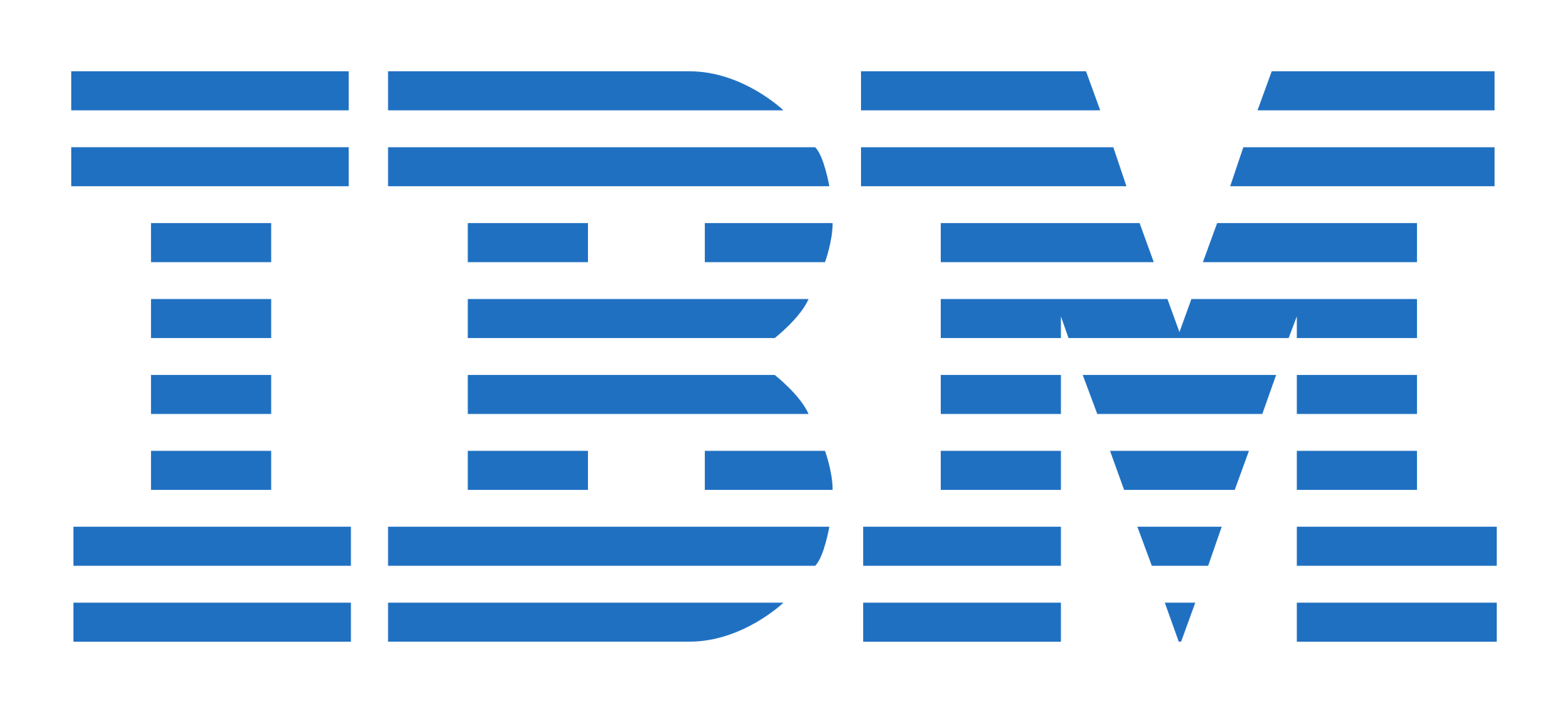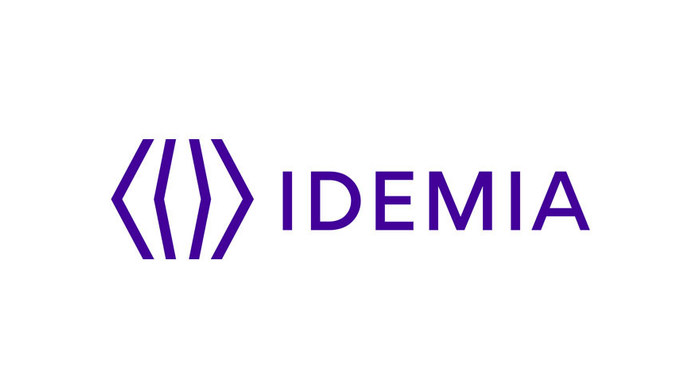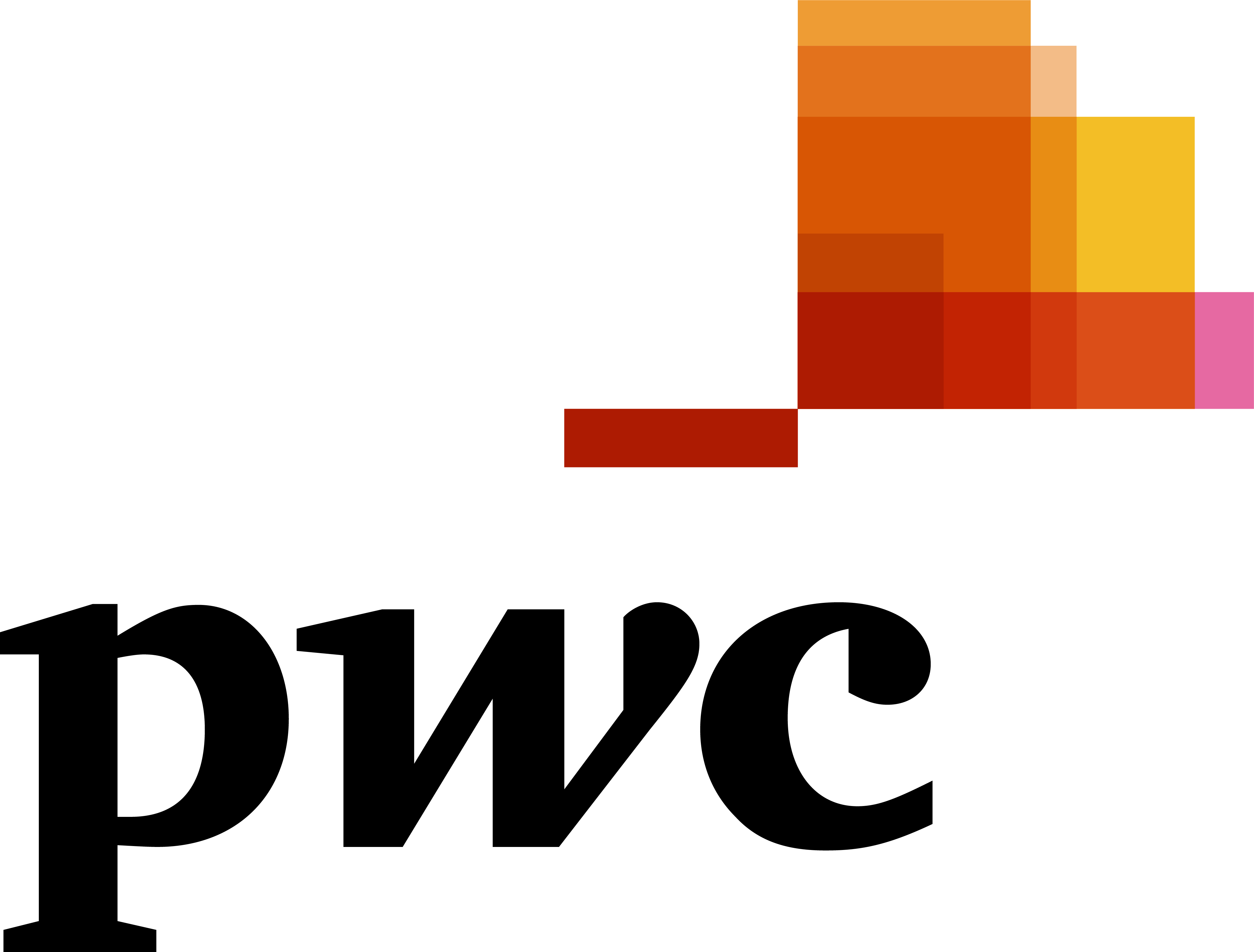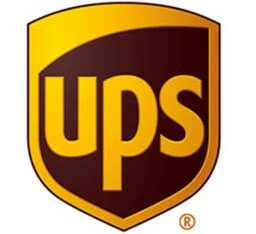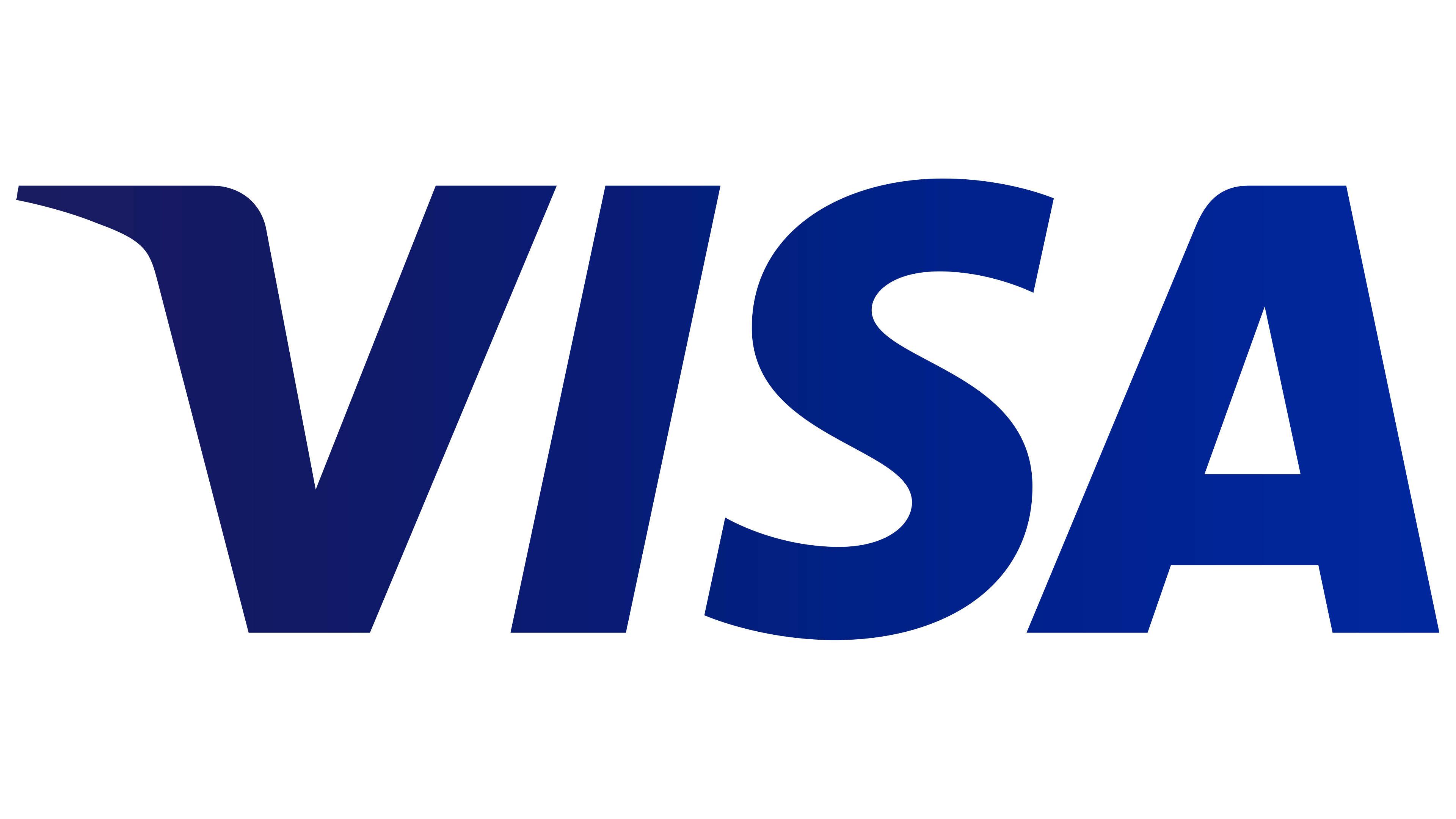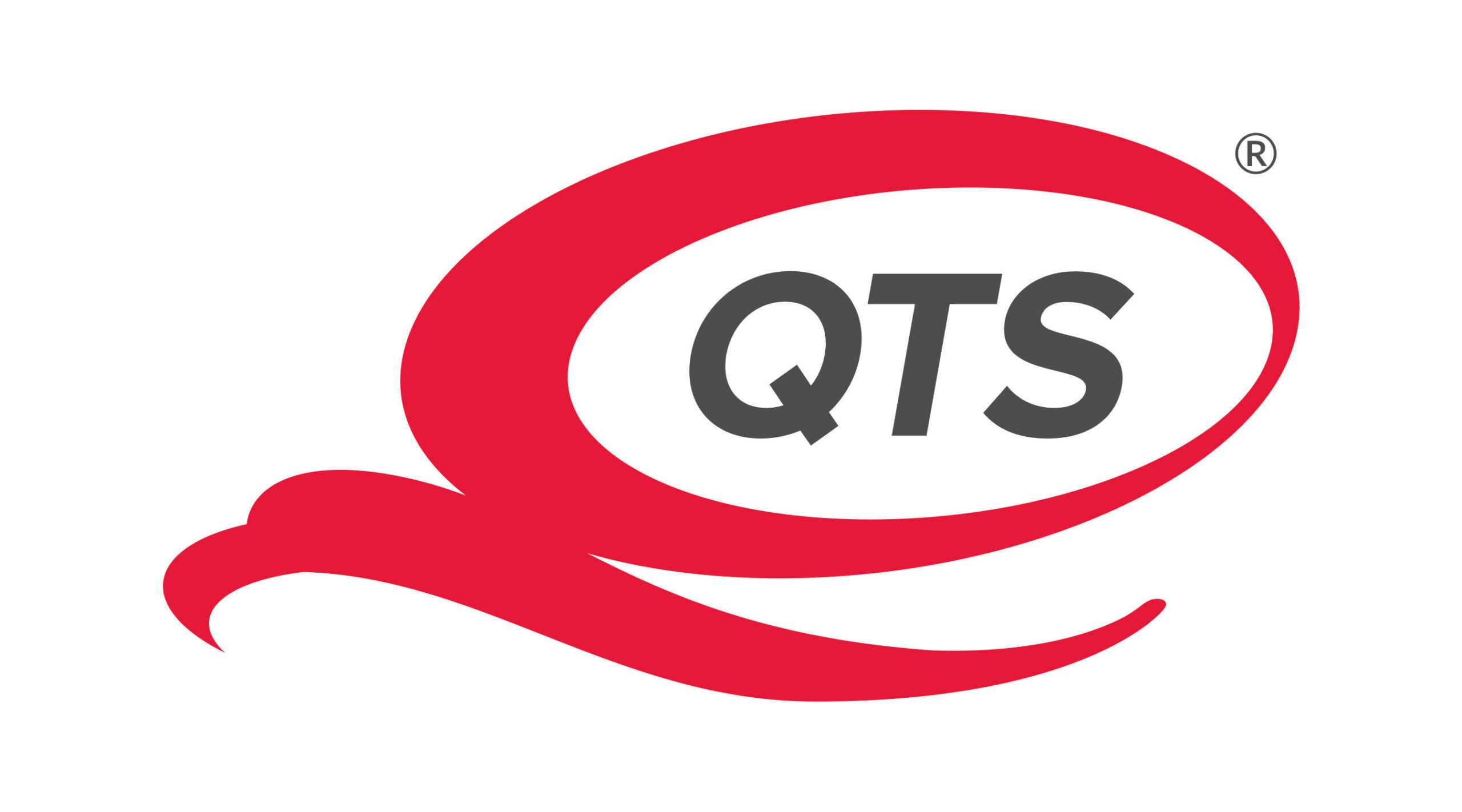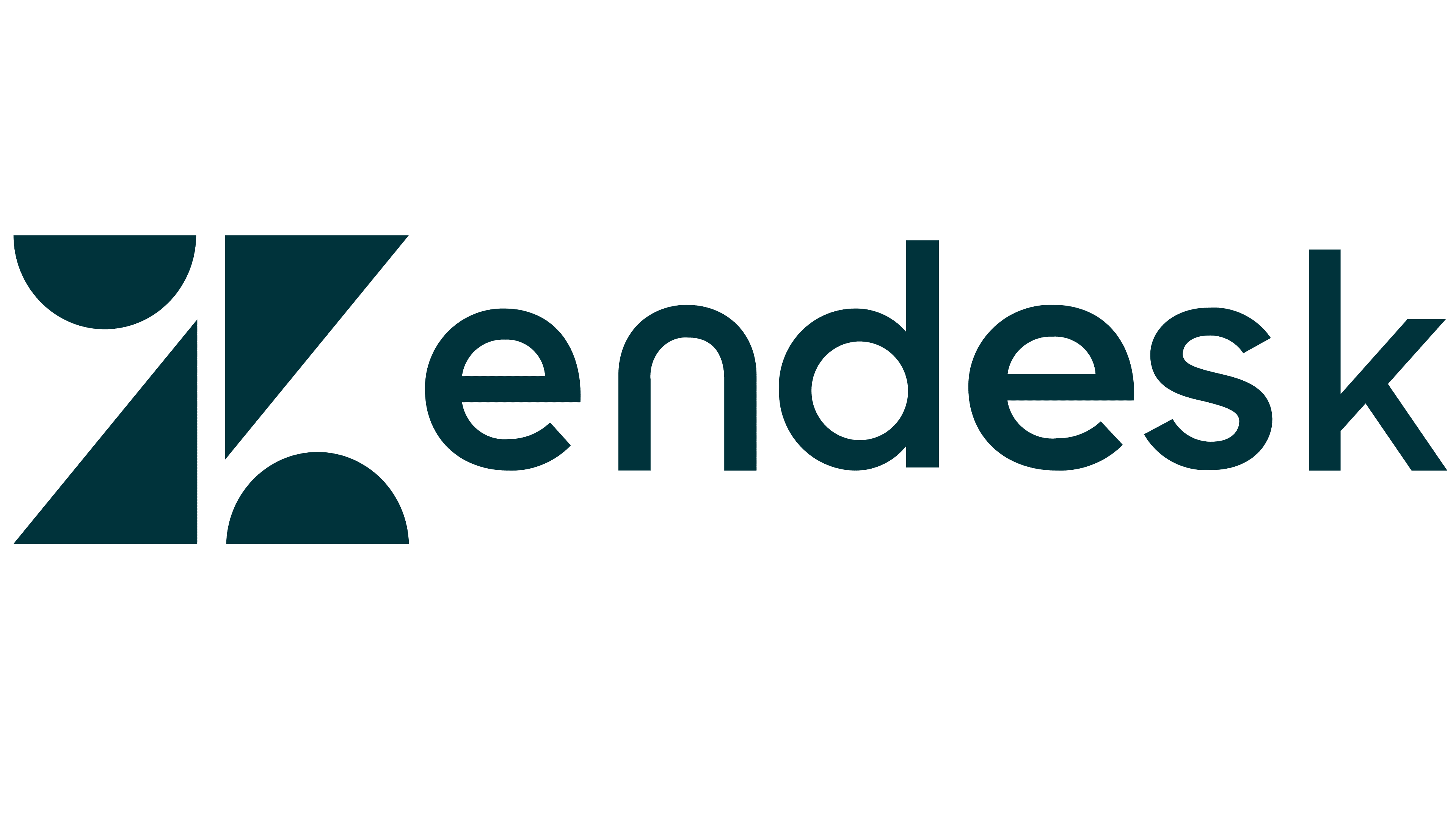President & CEO of RyanWest Gwendolyn Evans, CMI, provides a complete breakdown of the CARES Act below.
The Coronavirus Aid, Relief, and Economic Security Act (‘‘CARES Act’’) was signed by President Trump on Friday, March 27th. The legislation is intended to help unemployed workers and small businesses during COVID-19. In the next 30-days or less, various agencies will be drafting detailed implementation guidelines for some of these bill provisions. I am providing a summary of individual and small business potential sources of relief.
The Act (found HERE)
- Provides One-time Rebate Checks (2020 Recovery Rebate)
- An Individual with adjusted gross income (“AGI”) up to $75,000 shall receive a $1,200 payment. The payment shall be reduced using a 5 percent phaseout rate for every $100 in AGI above $75,000. The payment shall phase out entirely for an individual with AGI of $99,000 or more.
- Heads of household with AGI up to $112,500 shall receive $1,200. The payment shall be reduced using a 5 percent phaseout rate for every $100 in AGI above $112,500. For heads of household with AGI of $ 146,500 or more, the payment shall not be applicable.
- Married couples with combined AGI up to $150,000 shall receive $2,400. The payment shall be reduced using a 5 percent phaseout rate for every $100 in AGI above $150,000. For couples with AGI of $198,000 or more, the payment shall not be applicable.
- The Act also provides an additional $500 per child under the age 17, though also subject to phaseout.
- The payments would be based on either your 2019 return AGI, 2018 return AGI, or Social Security statement.
- Payments will either be mailed or sent via direct deposit (if information is available) by the IRS.
- No later than 15 days after distribution of payment, a notice will be mailed to taxpayers indicating method of payment, amount, and an IRS contact number.
- Expands Unemployment Benefits
- Benefits include whatever amount a state usually provides for unemployment, plus an additional $600 per week for up to 4 months. The additional payment is a temporary Federal Pandemic Unemployment Compensation.
- Covered employees include those workers who are unemployed, partially unemployed, or unable to work due to a COVID-19 related reason.
- Self-employed workers, independent contractors, and freelancers shall be eligible for unemployment benefits.
- The traditional one-week waiting period is waived.
- The total number of weeks for which a covered individual may receive assistance shall not exceed 39 weeks.
- Allows for Contributions made to Charitable Organizations during 2020
- Individual taxpayers claiming the standard deduction may claim a charitable deduction of up to $300.
- Individual taxpayers who itemize may deduct the full amount of their contributions without regard to taxable income.
- Corporate taxpayers may claim deductions up to 25% of taxable income (increased from 10%).
- Businesses may claim a deduction for charitable contributions of food up to 25% of taxable income (increased from 15%).
- Waives the 10% Early-Withdrawal Penalty from Qualifying Retirement Savings Accounts
- An individual may withdraw up to $100,000 for “coronavirus-related purposes.”
- “Coronavirus related distribution” means any distribution made on or after January 1, 2020 and before December 31, 2020 to an individual who has been diagnosed, or their spouse diagnosed, with the virus SARS-CoV-2 or with coronavirus disease 2019 (COVID-19) by a test approved by the Centers for Disease Control and Prevention or who experiences adverse financial consequences as a result of the viruses or other factors as determined by the Secretary of the Treasury (or the Secretary’s delegate).
- The distribution amount, which would be gross income for 2020, shall be apportioned over three taxable year periods (2020-2022), unless the taxpayer opts out of this apportionment.
- Any individual may, at any time during a three-year period beginning 2020, make one or more contributions not to exceed the total distribution.
- For repayment of principal and interest on an outstanding loan from a qualified employer plan from March 27, 2020 to December 31, 2020, the due date shall be delayed for one-year.
- Allows for Employer Payments of Student Loans
- An employer may pay up to $5,250 towards an employee’s education loan during 2020.
- The employee will not have to include the amount paid in taxable income.
- Allows for Payroll Tax Payment Delay
- Self-employed individuals may defer payment of 50% of their self-employment taxes on income earned in 2020 until Dec. 31, 2021.
- An employer may defer payment of the 6.2% Social Security tax on employee wages. Deferment is not allowed if the employer has a forgivable loan under the CARES Act.
- The amounts deferred by an employer will be due in two equal installments on Dec. 31, 2021 and Dec. 31, 2022.
- Changes the Treatment of Net Operating Losses
- Taxpayers may fully utilize net operating losses to offset taxable income for taxable years 2020 and prior years.
- Net operating losses arising in tax years beginning in 2018, 2019 and 2020 may be carried back five years. For example, a firm may use a loss realized in 2020 to reduce a tax liability as far back as 2015. Taxpayers should consider amending returns for open prior tax years to take advantage of these changes and possibly obtain refunds.
- Changes the Treatment of Depreciation for Qualified Improvement Property (such as tenant improvements)
- Depreciation is now 15 years (previously property was subject to depreciation over 39 years).
- This change shall allow qualified improvement property to qualify for accelerated bonus depreciation. Taxpayers should consider amending prior year returns to fully write off investments in qualified improvement property made in those years.
- Provides for a Temporary Increase in Business Interest Limitation
- For the 2019 and 2020 tax years, business may deduct interest expense up to 50% of taxable income.
- For 2021, the deduction is reduced back to 30% of taxable income.
- Implements Employee Retention Credit
- A payroll tax credit for payments made to employees or businesses forced to close or reduce operations due to government mandates or that have suffered a significant loss in revenues due to the coronavirus pandemic.
- The total amount of the tax credit available shall be capped at $10,000 per employee for all quarters in 2020.
- Employers claim the credit against the employer’s share of FICA taxes on wages paid from March 12, 2020 through December 31, 2020.
- The credit shall offset applicable employment taxes for each calendar quarter, an amount equal to 50 percent of employee wages for such calendar quarter.
- Credit allowed shall not exceed applicable employment taxes for the quarter.
- If the amount of the credit exceeds the amount due for any calendar quarter, such excess shall be treated as an overpayment that shall be refunded.
- Provides a “Paycheck Protection Program”
- Administered under Section 7(a) of the Small Business Administration (“SBA”) Act.
- The program runs from February 15, 2020 to June 30, 2020.
- Borrowers may receive loans up to $10 million.
- Applicable to businesses adversely impacted by COVID-19.
- Applies to small business, nonprofit organization, veteran’s organization, or Tribal business concern with under 500 employees or, if applicable, the size standard in number of employees established by the SBA for the applicable industry.
- Sole proprietors, independent contractors, and eligible self-employed individuals shall be eligible to receive a loan.
- Businesses with more than one physical location that employs fewer than 500 employees per physical location and in the Accommodation and Food Services industry (NAICS 72) shall be eligible to apply for the loan program.
- Employee means a full-time or part-time individual.
- Loan funds may be used for payroll cost (including commissions to independent contractors), costs related to the continuation of group health care benefits, employee salaries or commissions, rent, mortgage interest, utilities, and interest on any other debt obligations incurred before February 15, 2020. Payroll cost does not include annual salaries over $100,000 and non-U.S. employees.
- SBA shall waived loan fees and credit elsewhere, collateral, and personal guarantee requirements.
- The loan shall be guaranteed. A loan recipient shall be eligible for forgiveness of indebtedness in an amount equal to the total cost incurred and payments made during the 8-week period beginning on the date of the origination of the loan for payroll costs and mortgage interest incurred, rent on lease agreement in force, and utility payments for which service began before February 15, 2020.
- Amounts which have been forgiven shall be considered canceled indebtedness by lender
- Maturity for the remaining loan balance, after reduction based on loan forgiveness amount, shall be 10-years from the date when borrower applies for loan forgiveness.
- The interest rate shall not exceed 4 percent.
- Loan payments (principal, interest, and fees) shall be deferred for the first 6 to 12 months.
- This program relies upon applications processed by local lenders enrolled in the SBA 7(a) program.
- The SBA is obligated to issue implementing rules for the program within 30 days after the date of the CARES Act.
- Allows for Emergency EIDL Grants
- Administered by the SBA Disaster Loan Program.
- Applies to small and tribal businesses with 500 employees or less and sole proprietors or independent contractors, with or without employees.
- Waiver of personal guarantee and 1-year of operations requirements.
- Applicant may be approved based solely on the credit score of the applicant or lender may require a copy of tax return.
- An advance may be requested within 3-days after lender receives application.
- The advance shall be not more than $10,000.
- The advance must be used to maintain payroll to retain employees, provide paid sick leave, meet increased cost, rent or mortgage payments, and repaying obligations.
- If loan application is denied, business shall not be required to repay the advance.
- If loan application is approved, the advance amount shall be reduced from the loan forgiveness amount for payroll costs.
- This grant shall terminate on December 31, 2020
SBA Disaster Loan website: https://www.sba.gov/funding-programs/disaster-assistance

